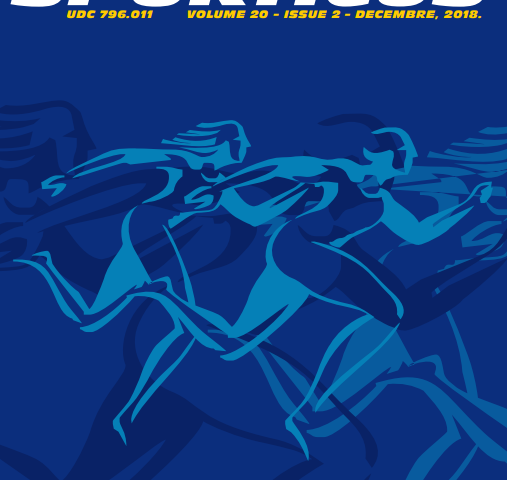Abstract
The problem of this research is: what is the characteristic of the speed of individual hand movements, and how to change the response time in children aged 8 to 14 years? The aim of the study is to determine the response time i.e. the speed characteristics of individual movements of the dominant hand, the non-dominant hand and the dominant hand with the fencing foil in relation to age. The hypothesis is that maturation affects the speed of individual hand movements and the simple reaction time (SRT) i.e. response time.The sample consisted of 184 subjects aged 8 to 14 years. The study used the one-target shot – Electronic Fencing Target on the Favero Scoring device. The speed of individual movement of the dominant hand (Dom_H), the speed of individual movement of the non-dominant hand (NDom_H) and the speed of individual movement of the dominant hand with fencing foil (Dom_H _F) were tested. Multivariate analysis of variance (MANOVA) found that the criterion of age, or maturation, has statistically significant influence on the speed of individual hand movements (Wilks’ Lambda = 0.519; F = 4.105; p = 0.000). The highest maturation effect was found in the speed of individual movement of the dominant hand with fencing foil (Dom_H_F – F = 6.923; p = 0.000; PES = 0.289), while in the Dom_H test (F = 4.782; p = 0.000; PES = 0.220) and NDom_H (F = 4.671; p = 0.000; PES = 0.216) was found a slightly lower effect. Maturation has a positive effect on the speed of individual hand movements in children aged 8 to 14. The effect is the highest when the fencing foil is used.
Key words: fencing foil, dominant hand, non-dominant hand, simple reaction time


